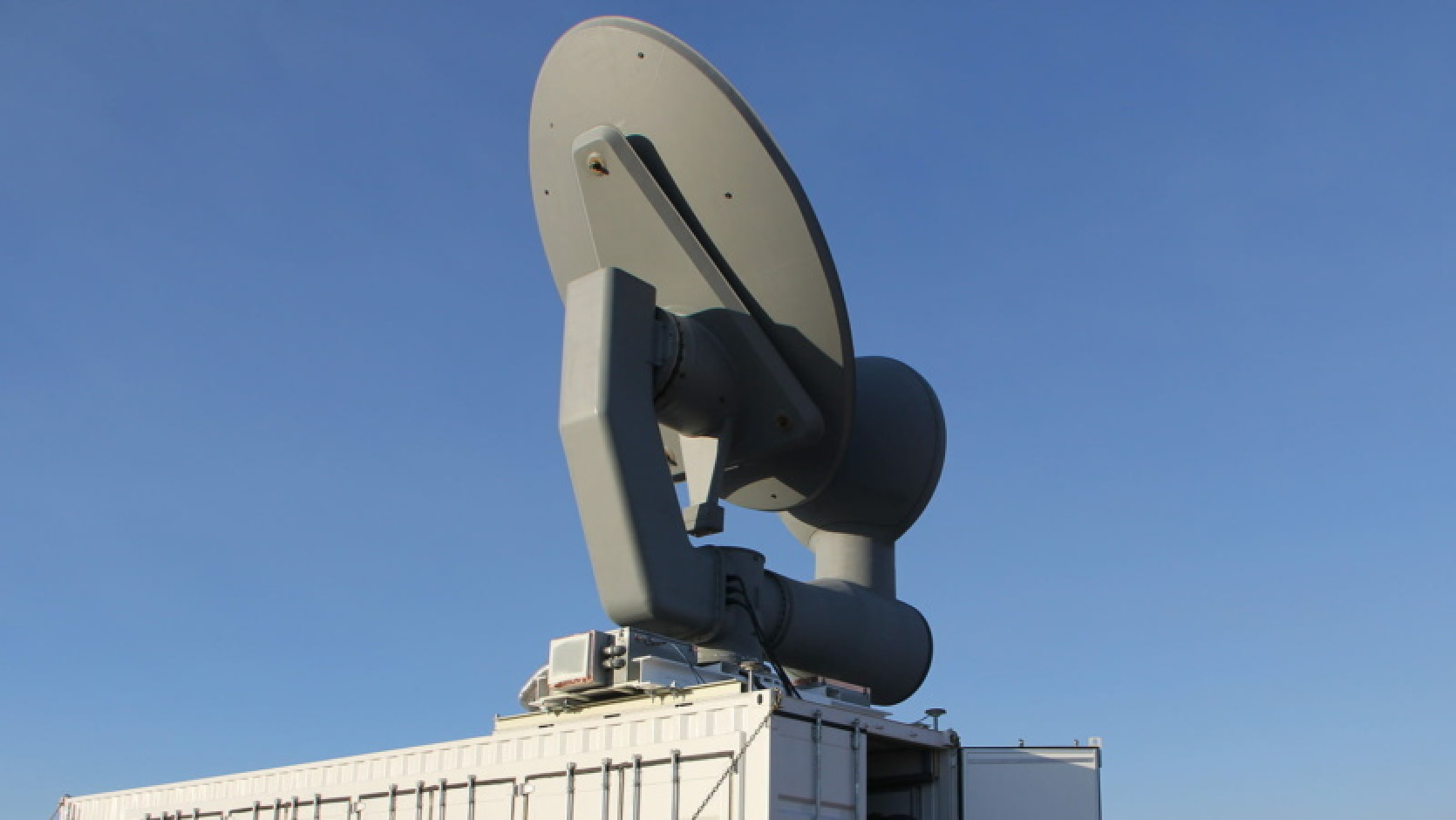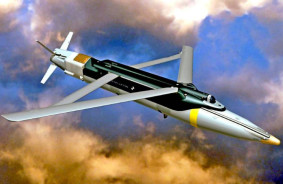The ancient idea of using directed energy for air defense may have just crossed an important threshold. In a three-week series of tests conducted at the US Air Force Research Laboratory, the experimental microwave system CHIMERA was able to create and sustain a powerful beam on various static and dynamic aerial targets, reported the developer company RTX.
This is an important step towards a defense weapon that can damage a missile or its electronics.
We have evolved to reach tactically significant ranges to have enough time to impact threats, then have time to assess the results, and give fighters time to, if necessary, choose an alternate course of action.
— Paul Head, head of technology division at Raytheon Missiles & Defense, division of RTX.
It is important because shooting down drones with missiles is an expensive endeavor. For example, in the past few months in the Red Sea, the US Navy has used multi-million-dollar Standard Missile-2 missiles to shoot down Iranian drones that may cost as little as $2,000, according to Defense One.
The cost difference is why the US military has been developing and experimenting with directed energy technologies to destroy drones for over a decade. There is also the possibility of jamming or hacking drones, but more and more modern drones do not require any action from the operator after being given a target, so there is no signal between the operator and the drone that can be jammed.
Lasers face two major challenges: despite years of research and successful prototypes, they still have not reached a sufficient power level to be effective against particularly fast drones. In addition, since the beam is very precise, they are less useful against a large number of drones.
Raytheon plans to deploy two new prototypes, one this year and the other in 2026.














Comments (0)
There are no comments for now